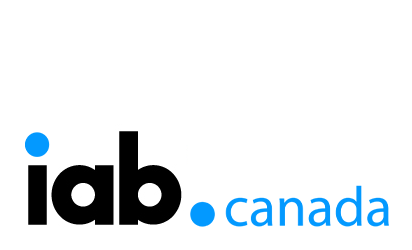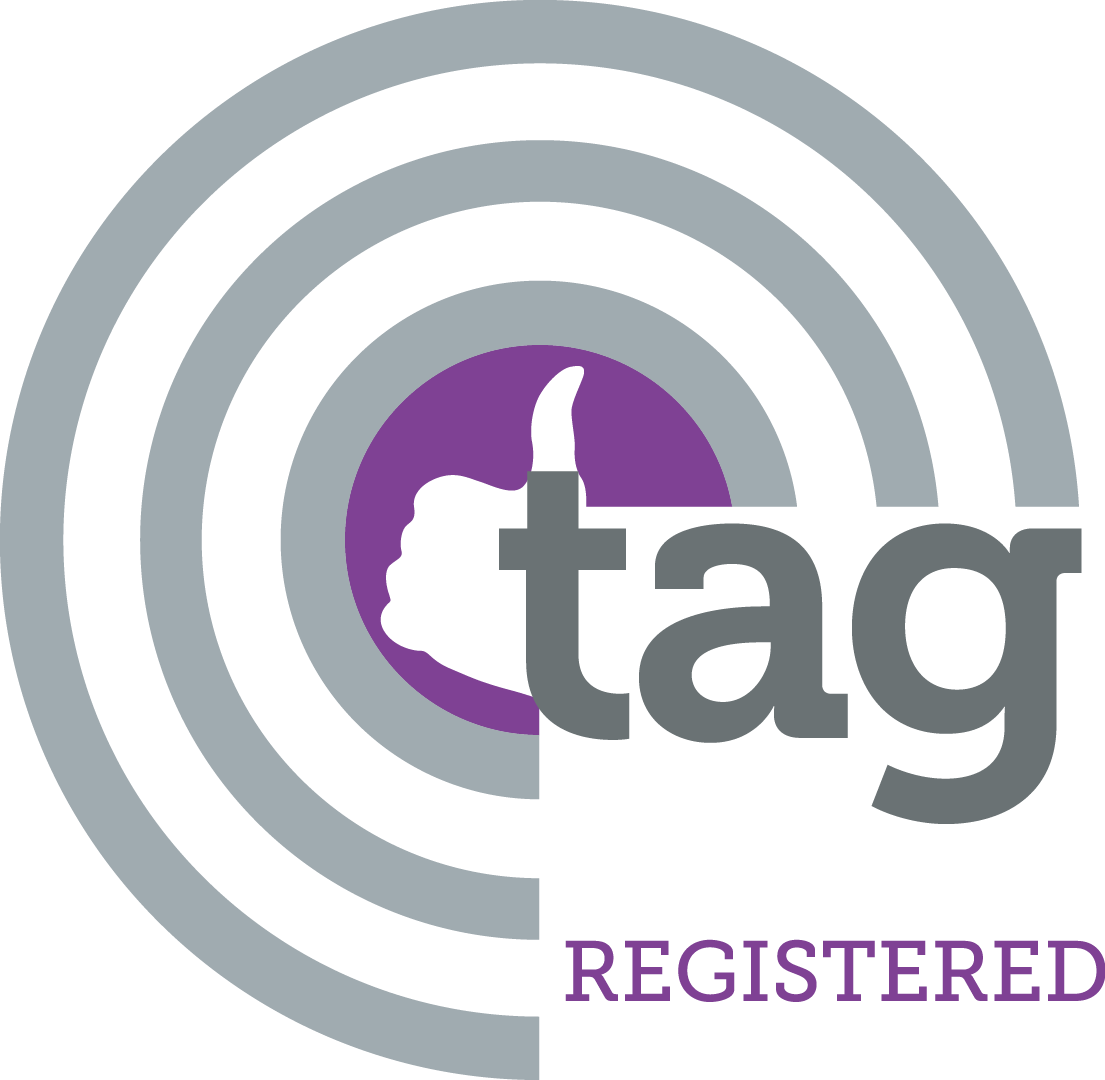ExchangeWire Q&A with
Chris Grimsey, VP of Sales, EMEA
Unifying Campaign Management
In this exclusive Q&A with ExchangeWire, Chris Grimsey, VP of Sales, EMEA, Clinch,
discusses how unifying campaign management can resolve key agency challenges following the
deprecation of mobile and display identifiers.
June 9th, 2022
What are the key challenges hindering agency efficiency, and how can these be resolved?
The advertising ecosystem evolved from very stable and easy roots in print, radio, and television to a very messy patchwork of ever-changing platforms, formats, and channels. The “problem-bandage-problem” cycle has made advertising into this patchwork quite complex, time-consuming, and error-prone. It takes too many people doing too much work in too many disparate workflows and with too many partners too much time to deliver a campaign.
Clinch aims to solve this not with another bandage but with a systemic approach that simplifies the process using automation to make the process as much as 83% more efficient and both enabling more effective campaign strategies and eliminating errors along the way.
How will these agency challenges evolve following the deprecation of the third-party cookie and the rollout of Privacy Sandbox on Android?
Traditional (if I may say that about a mere 20 years of digital advertising history) KPI’s are all about action tied to identity, with the cookie an emblem for identity. But we think of creative engagement data as a much more interesting source of insight. Segment matching will not go away in the so-called “cookieless future,” but we look at much more than clicks and attribution. We believe it’s important to develop a large number of combinations of creative elements and messages, with campaign logic that uses data about what we know about the person on the other end of the ad server — anonymized identity being one component, but inclusive of the individuals’ immediate circumstances like proximity to a retail location, weather, time of day, language, and other situational data. Then we can see what the impact of these factors is against all the different creative elements and really learn something deeper about the audience.
This doesn’t have to take more time or effort, it’s just a different way of looking at data, and it makes agencies much more valuable to their brand clients because they can deliver back real learning in addition to raw results.
How can unifying campaign management on an end-to-end basis help optimise campaign creative? What new avenues does this open up in terms of testing on both a live and retroactive basis?
Unifying campaign management on a single platform means fewer outside partners and point solutions are necessary, all of which are, on some level, less than transparent. A single platform with the agency in full control of all the decisioning logic and providing real-time data back to them allows them to either trust the AI-driven optimisation automation of the platform, or do predictive analytics and make in-the-moment optimisation decisions. They can use insights from a campaign in progress to quickly test new hypotheses, whereas most current reporting lags the campaign, sometimes significantly.
What is the role of AI in managing and optimising agency campaigns? What further opportunities can the use of automated technologies unlock?
The “throwing more bodies at the problem” approach has failed to help thus far. Automation can eliminate the complexity of each channel having its own workflow by providing a single workflow for all channels. AI can understand the logic of a campaign in a way that spreadsheets cannot and QA the campaign, eliminating errors before any impressions are wasted. AI can understand the components of an almost infinite number of creative variations, match it with engagement level data, and optimise creative components as well as media placements.
It’s important to understand that AI is a tool to help agency teams do their jobs more effectively. It’s never a replacement for human beings. It simply allows the people involved to comprehend more — and faster — the impact of their work and helps them deliver more value for their clients.
How can unified campaign management tools aid strategists in mapping out campaigns?
One of the efficiency-killers in agencies is that different disciplines work on different, unconnected tools, most of which are generalist tools that weren’t built for advertising. A strategy that is developed and presented to the client on PowerPoint must then be rendered into an Excel spreadsheet at the media planning level, then translated again by AdOps into the terms that an ad server can use. During the campaign, or more usually afterwards, performance data coming from the ad server must be “cleaned” and then moved into Tableau or another analytics platform. Often, the original strategy is mangled through this series of translations.
One of the elements we believe will help strategists is providing a visual canvas, specifically tailored to advertising strategy, that allows them to map out the campaign logic and actually see what they are planning. Once they have done their work, creative can be attached directly to the strategy and previewed and tested to ensure that the logic actually works and makes sense. So there is nothing lost in translation between disciplines. The strategy, or “campaign map” as we call it, is the spine that gives shape and support to the entire campaign.



